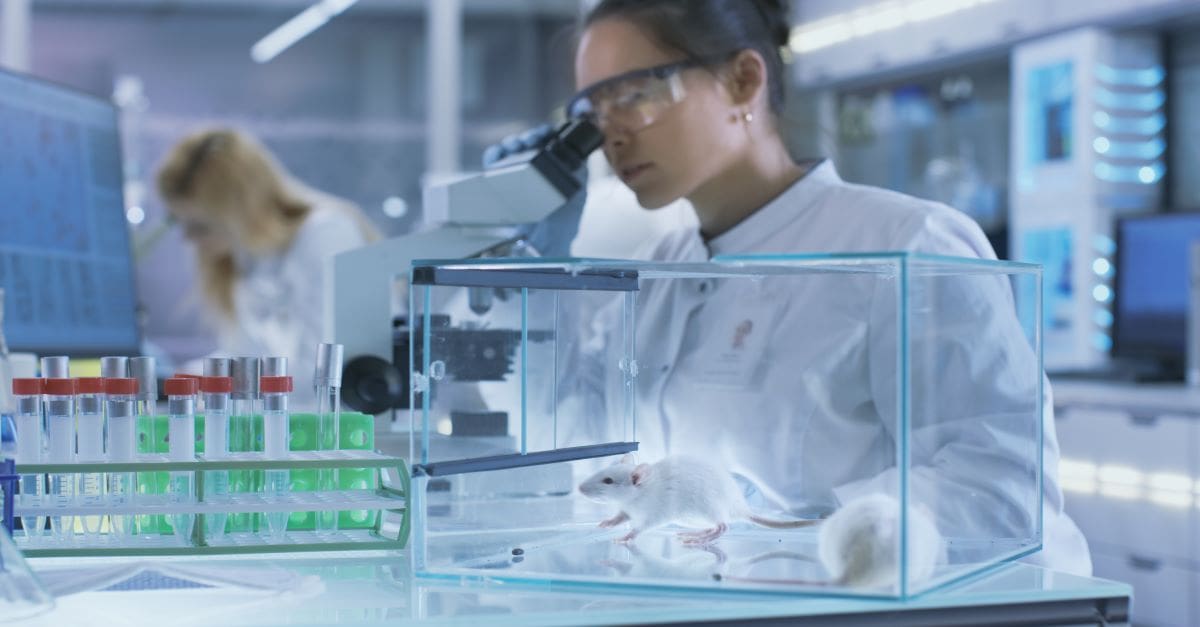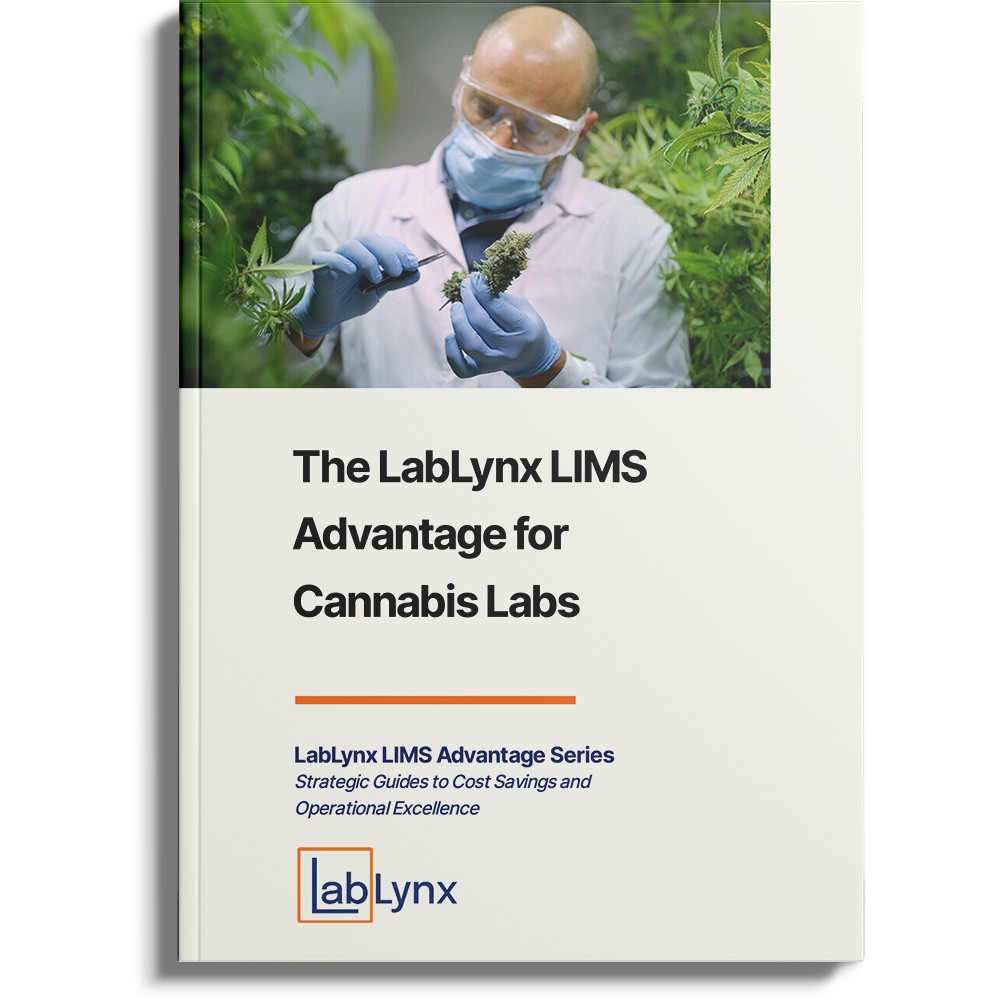
Thanks to a new U.S. law, drugs under development no longer need to be tested on animals before being administered to volunteers in human trials. Long-time animal rights advocates have lobbied for this action, while some people working in the pharmaceutical sector have claimed that animal testing may be both expensive and ineffective. The FDA Modernization Act 2.0 has caused cheers among many.
This advantageous change in consideration for animal rights is a positive step in a direction in which safe, consumable products are able to be produced without animal testing, reducing the needless suffering of animals while speeding up the process of getting new drugs to market. The law signed by President Biden in December 2022 could substantially impact cancer treatments and vaccines that are often urgently needed but can take far too long to reach human trials. That is a crucial distinction as technology has provided numerous new methods to assess medications, including computer modeling. However, there are limitations on what technology can accomplish, and there will still be circumstances where animal testing may be the right choice for determining safety and efficacy.
What effects will this have on laboratory operations moving forward? What is required in order to adapt to this change?
What is the FDA Modernization Act 2.0?
Bill S. 5002, dubbed “FDA Modernization Act 2.0,” was unanimously approved by the U.S. Senate on September 29, 2022.[1] The ultimate clearance was granted by the U.S. House on December 23, 2022, and following that, President Biden signed it into law. This historic legislation revised the 1938 Federal Food, Drug, and Cosmetic Act to take into account modern advances in technological innovation.
As President Biden signed this into law as part of a more significant spending deal, it does not explicitly prohibit the testing of new treatments on animals. Pharmaceutical companies are no longer legally required to test new drugs on animals before beginning human trials. However, manufacturers can still choose to perform animal testing before human trials.
Challenges of the FDA Modernization Act 2.0
While it is a significant step forward for animal rights, there are some dissenting opinions when it comes to eliminating animal testing completely.
When it pertains to pharmaceutical approval, there are still some barriers; there is not going to be a complete end to animal testing following this legislation. According to the National Association for Biomedical Research (NABR), in their part of the drug approval process, animal models continue to be very important for testing a drug’s safety and effectiveness. NABR also supports the use of alternatives to animal testing when doing so is both scientifically viable and validated.[2]
While historically, animal testing has been essential to testing pharmaceuticals, advances in technology could potentially lead us in a direction that eliminates the need for animal testing. Prior to human clinical trials, all medications were required to undergo animal testing under the terms of the original Federal Food, Drug, and Cosmetic Act.[3] Elixir sulfanilamide, a lethal medicine that resulted in over 100 fatalities in 1937, was marketed, prompting the passing of this regulation. The sole non-human technique for evaluating the safety of drugs prior to clinical trials was animal testing.
Thankfully, science and technology have advanced significantly since then. Today, the government requirement for animal drug testing has been repealed. Where suitable, the use of new approach methodologies (NAMs) to establish a drug’s safety and efficacy may be utilized in place of animal testing.
New approach methodologies (NAMs)
Any method, technology, strategy, or combination that can offer knowledge on chemical hazard and risk assessment without using animal testing is referred to as a NAM.
The NAMs Work Plan was developed by the Environmental Protection Agency (EPA) to focus agency efforts and resources on initiatives that seek to decrease the use of vertebrate animal testing while maintaining environmental and human health protections.
In order to create scientific confidence in NAMs, the EPA will first assess the reliability and applicability of conventional tests performed on laboratory vertebrate animals before making a framework for determining the accuracy, validity, and applicability of NAMs.[4]
NAMs’ impact on a laboratory environment
The implications NAMs can have on a laboratory environment depend on the type of testing conducted within the facility. For example, pharmaceutical laboratories will now potentially be handling new data processes to remain in step with advancing technologies and laboratory procedures.
These new methodologies could include completely new testing equipment, and processes could be introduced in order to reduce the amount of animal testing that takes place in the lab now that the requirement for such testing is repealed. These process changes could take place in the granular environments of laboratories and rely heavily on efficiency to produce and maintain accurate, useful, and safe results.
NAMs and other technological advancements increase the need for efficiency in laboratory information management. More efficient data and information management processes ensure that correct sample data is documented, stored, and produced in a manner that can be modified and adjusted to meet these emerging process changes. One compelling component of that goal is an impactful laboratory information management system (LIMS).
A LIMS is a software program that enables you to better operate a laboratory efficiently. The LIMS can help streamline activities such as managing samples and producing analytical test data. Your lab may also care about automating workflows and integrating instruments and tools that are available through LIMS use.
LabLynx offers the ELab LIMS that can readily adapt to a lab’s specific processes, procedures, and workflows, even as they change. It is crucial to have a solution that is customizable, efficient, and adaptable to any changes in research processes within the laboratory.
As exciting and innovative legislation advocating for animal rights changes the way some clinical and pharmaceutical lab work is performed, it is essential to have a system that is customizable and efficient to keep up with these and other changing processes. Customizable solutions that can keep you efficient and advancing with technology: that’s what LabLynx is all about.
References
[1] – S.5002 – FDA Modernization 2.0. (n.d.). https://www.congress.gov/bill/117th-congress/senate-bill/5002 [2] – Why Animal Research? (n.d.). https://www.nabr.org/ [3] – Office of the Commissioner. (2018, March 29). Federal Food, Drug, and Cosmetic Act (FD&C Act). U.S. Food And Drug Administration. https://www.fda.gov/regulatory-information/laws-enforced-fda/federal-food-drug-and-cosmetic-act-fdc-act [4] – USEPA 2021. New Approach Methods Work Plan (v2). U.S. Environmental Protection Agency, Washington, DC. EPA/600/X-21/209.



